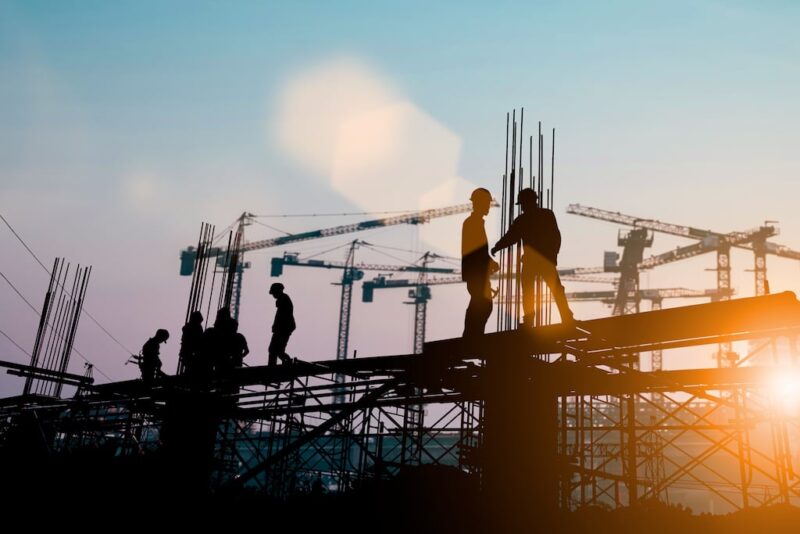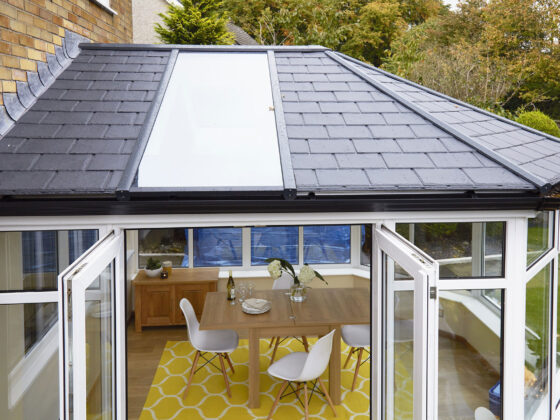Whether you are building a house or a huge apartment block, every construction project follows the same pattern. Each construction project follows a set of predetermined phases, including the design, procurement, and construction phases.
The post-construction phase is the final phase. The post-construction or the habitable phase of the building can last for decades. During this time, the building would require repair and maintenance, until it becomes inhabitable. After it passes its intended lifespan, the building is usually torn down. And, just like life, the building lifecycle is also cyclical. After the building is broken down, contractors start with the first phase all over again.
Let us look into the step-by-step process of constructing an apartment block!
Conception Phase
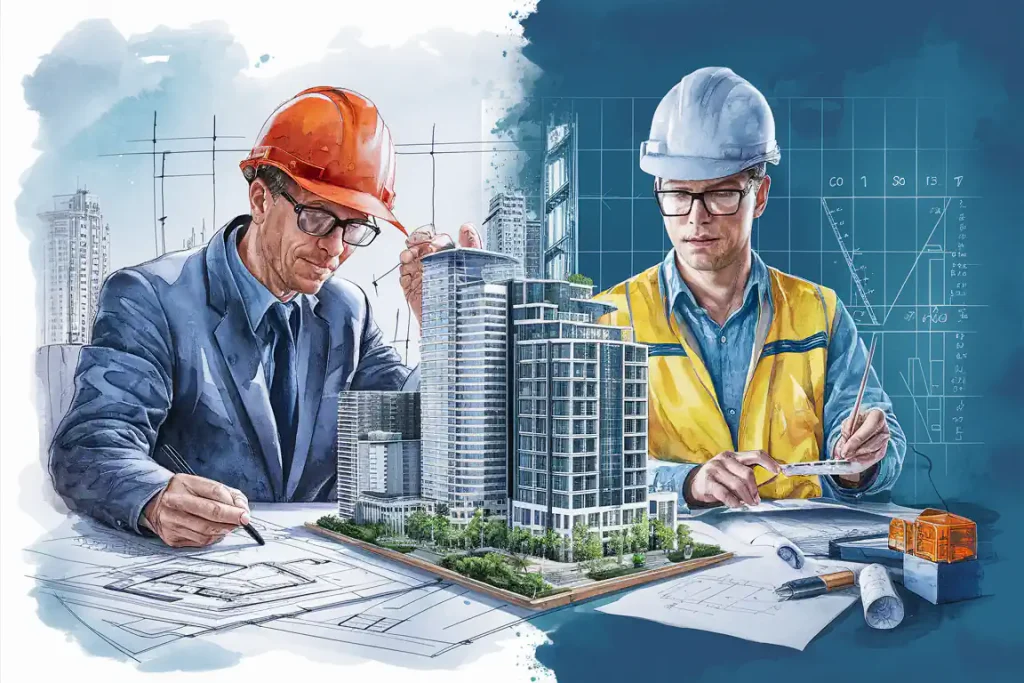
This is where you start planning to build the apartment complex. If you are the property owner, then it is at this stage that you reach out to the design-build team and get a quotation. You will also discuss preliminary financials, project goals and expectations, and an estimated deadline. The primary contractor will also find the right architect and engineer and have discussions with the local council authorities to get all the necessary permissions.
The conception or planning phase also contains the design stage. The architect will draw out a plan, and the engineer will study the feasibility of the drawing depending on the soil quality, gradient, and other physical factors. The property owner will also be providing their input on the design. At this stage, the size and proportion of each individual flat will be determined, and the common areas are planned and structured.
Procurement Phase
The procurement process comes next. Contractors and project managers will seek out different vendors for various building materials, like MiddAggs, a popular vendor for aggregates and fill material in the UK. You would also need to work closely with suppliers for other materials like bricks, timbre, paint, tiles, and electrical vendors for lifts, HVAC systems, and others. At this point in the construction process, miscommunication can act as a block that can seriously affect your budget and project timeline, which is why it’s best to maintain efficient communication.
Pre-Construction Phase
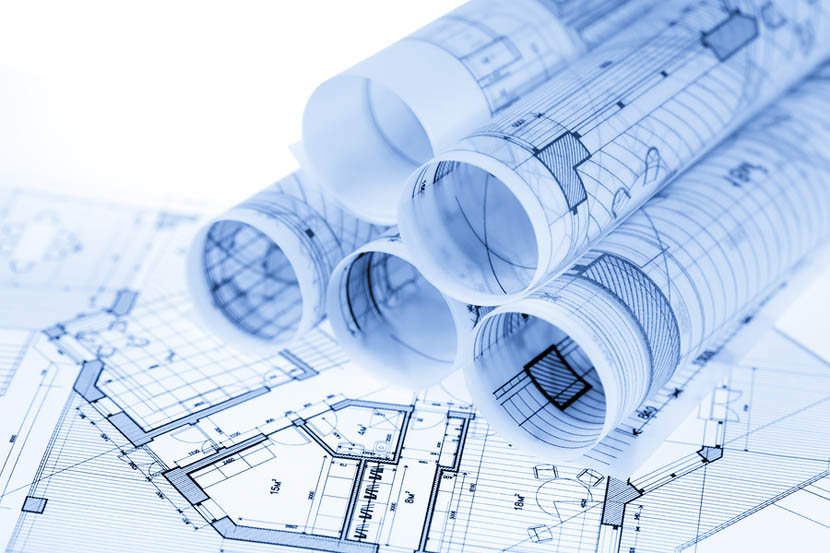
The building’s foundation is put in place at this point, marking the start of the construction phase. The project management team will procure all the necessary licensing and permits for the construction. Environmental tests, such as soil testing, will also be done.
The property owner and the project managers must make provisions for the labourers on-site. This includes setting up welfare trailers across the site and stocking all the essentials, including paper towels, running water, hotplates, refreshments, and storage lockers.
If a building already stood on the property, it would be demolished, and the waste would need to be appropriately disposed of, recycled, and reused. The ground is broken, and the soil is tested to understand if there are contaminants that can threaten the structural integrity of the building in the future. Plumbing and drainage systems are also laid down.
Construction Phase
This is where you can finally see the building coming to life. The construction phase usually lasts anywhere between one and two years. The timeline depends on the complexity of the project along with potential delays that can jeopardise the progression of the project.
An important part of the construction phase also includes designing the exterior and interior of the apartment complex. This means you would need to procure latches, fasteners, and hinges for the doors and windows from Southco suppliers or other genuine brands. Painting, tiling, and installation of HVAC systems are also done in this stage.
Along with this, the exterior and common areas of the apartment block are also completed. This includes surfacing the driveway and garages and working with a landscape artist to design the gardens and lawns. It is best to work with local vendors and contractors near your construction site. For example, if your construction site is near Peterborough, Ely or thereabouts, you can work with a vendor of tar and chip in Cambridge rather than in London.
This phase includes the completion of any plans for the apartment complex’s common areas, such as gyms, swimming pools, and other recreational spaces for residents. Real estate and letting agents will begin showing the property to prospective tenants and buyers as soon as construction is completed. They could even build a model flat, which is fully furnished and serves to show potential homeowners how the place would appear.
Both internal engineers and outside specialists conduct routine inspections during the construction phase to make sure that any minor problems are found early on and do not cause future problems.
The project manager usually oversees the work during the construction stage. They monitor progress to ensure that the project is completed on time, that workers’ health and safety are maintained on-site, that raw materials are available, and that subcontractors and vendors follow the specifications.
Project managers will also carry out quality control and technical inspections.
Post-Construction Phase
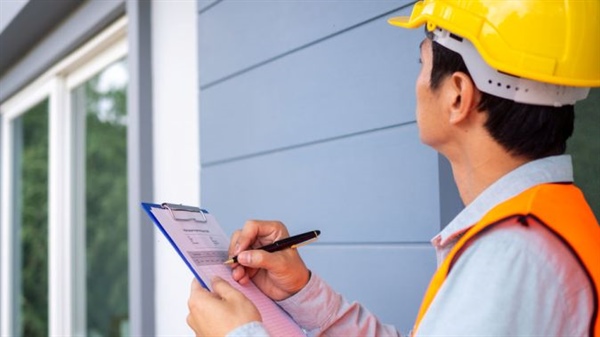
The last stage is the post-construction phase. This is when all of the building’s finishing touches are added, such as fittings and lights, as well as the final coat of paint. Before handing over the building to owners or tenants, it is important to get the air tightness testing and energy performance certificates. Air pressure testing in London and other parts of the UK is mandatory, and without a valid certificate, the building cannot be used for commercial or residential purposes. Other aspects like security systems are also set in place. Once this is all taken care of, the apartment block is considered ready to live in.
The post-construction stage lasts the longest, often for decades before the building is decommissioned. During this stage, the property owner or the RMC body will help in the maintenance of the building. This includes regular inspection and upkeep of the exterior portion of the apartment, interiors, electrical systems, security systems, heating systems such as the boiler, and any other equipment. This ensures that the apartment block maintains the health and safety regulations mentioned by the law.
In the post-construction phase, the owner or the property management body may even need to carry out repair work or replace certain parts, such as boilers or security systems. Whether the paint has chipped away due to rain and sun or the electrical apparatus has malfunctioned due to wear and tear, timely repairs and replacements will help to improve the living conditions within the apartment block.
Summary
A lot goes into building an apartment block that is safe, livable, and compliant with the law. Any slip-up in any of the cycles of the construction phase can have a serious influence on the residents’ lives.
Whether you are just curious about construction or an aspiring civil engineer, we hope to have shed some light on the different phases of the construction of an apartment complex.
